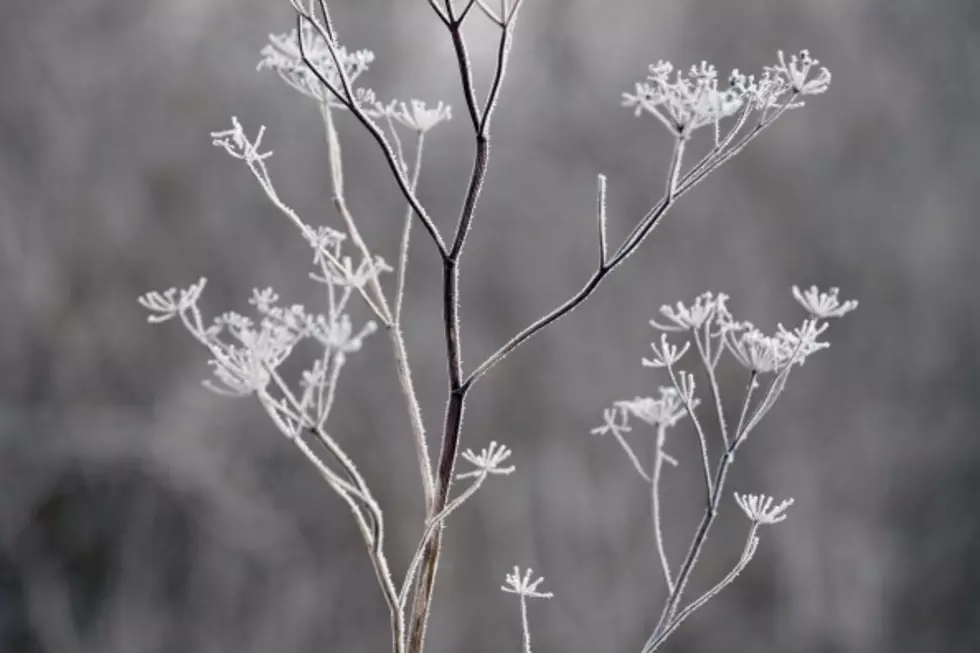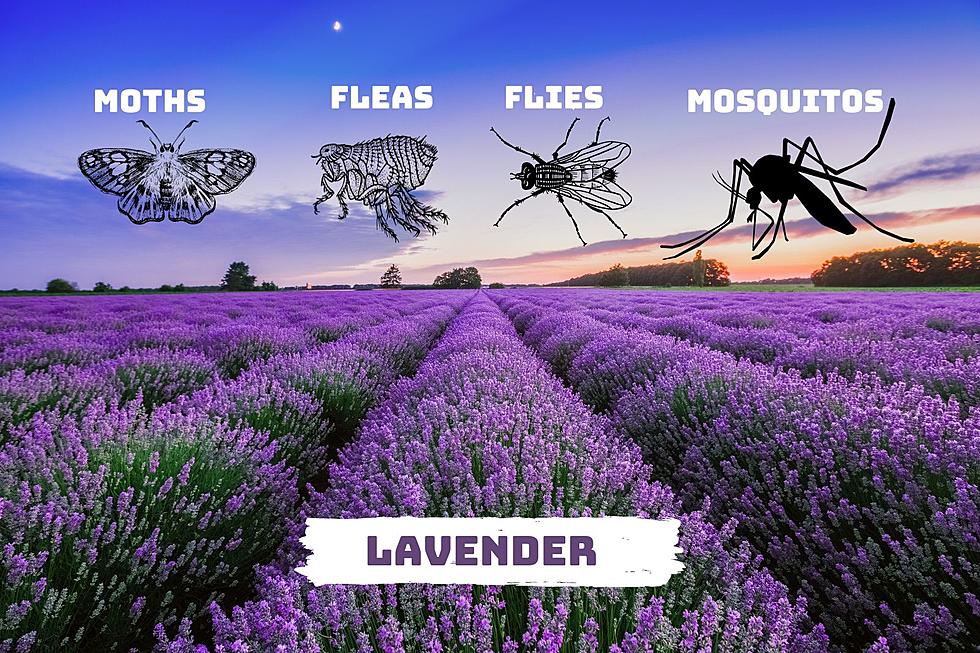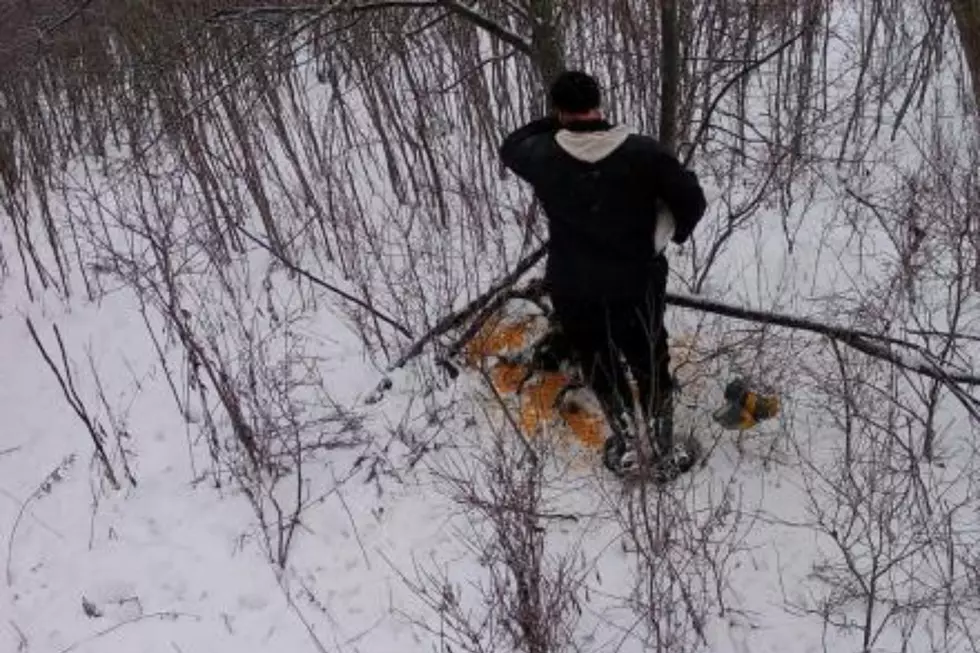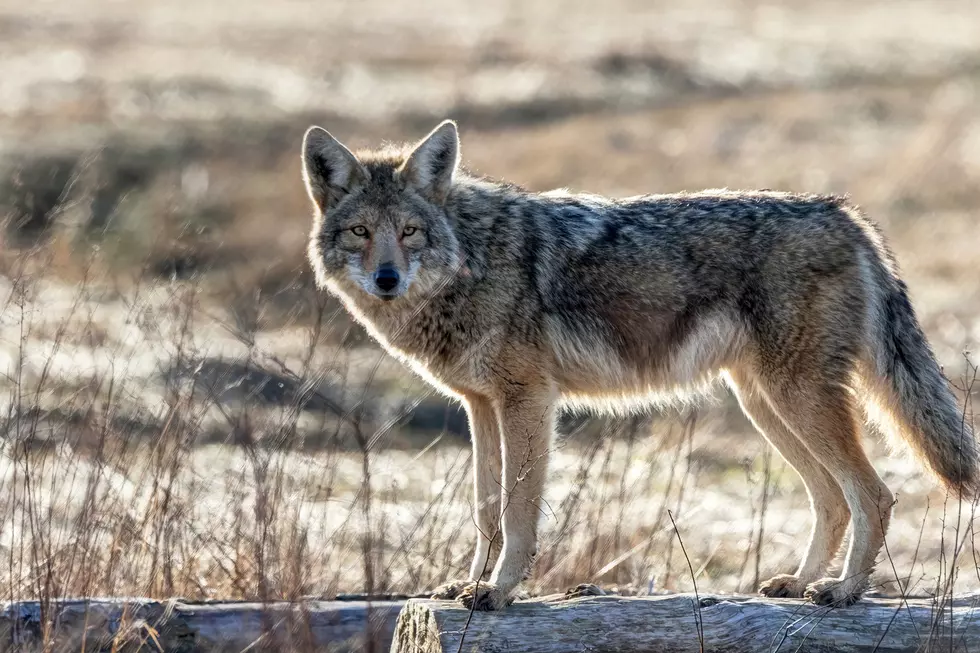
When is the Last Spring Frost in Central New York
We all know predicting the weather in Central New York is sketchy at best. Trying to predict the last frost is even sketchier, but it's vitally important when trying to decide when to plant outdoors. The Master Gardeners at Cornell Cooperative Extension have some tips on how to beat ol' "Jack Frost."
The experts say not only is the air temperature important, but the soil temperature too. You should usually wait one or two weeks after the last frost to transplant or sow seeds. Even longer for tomato plants and other weather sensitive plants. Nighttime air temperatures need to be above 45 and soil temps at least 70 on a consistent basis.
Trying to follow historical weather patterns can serve as a guideline as those temperatures typically occur between May 10 and May 30. The NOAA weather map shows the average last day of spring frost from 1981 through 2010.
Some other tips from the Master Gardeners:
- consider using black plastic as a mulch to warm the soil.
- try a row cover to help keep plants warm early in the season.
- valleys and low-lying areas can be plagued by late frosts on clear and cold nights.
- bodies of waters can moderate air temperatures and reduce the chances of frost.
Get more information on growing any plants, trees or shrubs with fact sheets at Cornell Cooperative Extension's website or call the Horticulture Hot Line at 315-736-3394 between 9 and noon Wednesday and Fridays.
SOURCE: Cornell Cooperative Extension
BONUS VIDEO:
More From Big Frog 104









